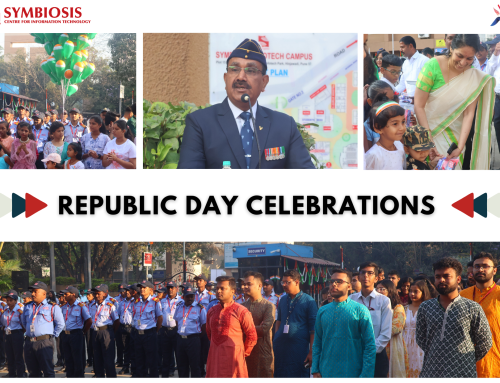Child Labour

Child labour in India is a human right issue for the whole world. It is a serious and extensive problem, with many children under the age of fourteen working in carpet making factories, glass blowing units and making fireworks with bare little hands. Agencies claim that there are upto 50 million child labourers in the country.
There are many factors which lead to child labour. Here I will elaborate few :
The main reason is wide spread hunger and poverty in India; every fifth Indian is poor. This leads to many other factors given below.
a.) Poor family and less income leads to child labour. The child is forced to work and earn at a very lower age. It becomes a compulsion for them to work and earn livelihood for themselves and their families. Thus a child for the sake of his family is compelled to work in several places.
b.) Ignorance of parents towards education results in lack of education of child and he have no other options but to work and earn his livings.
c.) Children are found to be better producers of certain products such as knotted carpets and other such kinds of goods. Hence, these children are hired and exploited to work and produce such types of goods. This is known as “NIMBLE FINGER THEORY”. ( www.oecd.org/dataoecd/27/13/2955776.pdf)
d.) Discrimination on grounds including gender, race or religion also plays its part to force some children work at such tender age.
e.) Child trafficking is another cause of child labour. A number of children are bought and sold and are exploited to work as labourers, beggars, domestic workers, etc.
f.) In domestic matters, children can be made to work easily and at low wage. Moreover, the masters can dominate them easily. Thus, the number of children working in households constitutes the major part of child labour.
However, across the world, millions of children do extremely hazardous work in harmful conditions, putting their health, education, personal and social development, and even their lives at risk.
I think that the problem of child labour must be recognized as a human rights problem, both directly (e.g. slavery) and indirectly (e.g. compulsory labour that results in denial of the right to education). It embraces not only “the rights of the child” per se, but also the broad panoply of entitlements across the whole spectrum of rights through which, at least civil, political, social, cultural and economic rights. I am also of the opinion that the policymakers as also the ordinary citizens must understand that the future of children would not be secured unless their rights are clearly identified, redefined and restored. Seen from this perspective, it becomes a mandatory duty of all governments across the world to take all possible steps to put and end to the problem of child labour once and for all. Today’s children will constitute the backbone of tomorrow’s society. Hence, it is the obligation of every generation to bring up children, who will be citizens of tomorrow, in a proper way.
REFRENCES
- ( www.oecd.org/dataoecd/27/13/2955776.pdf)
- https://en.wikipedia.org/wiki/Child_labour
- http://www.nclnet.org/worker-rights















